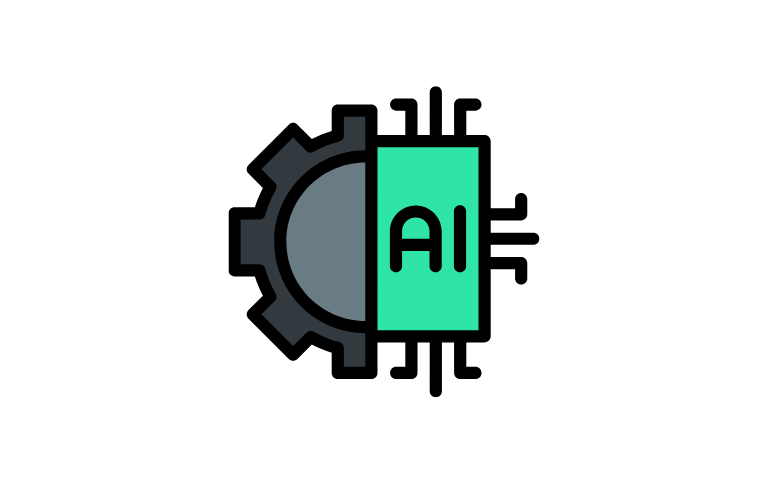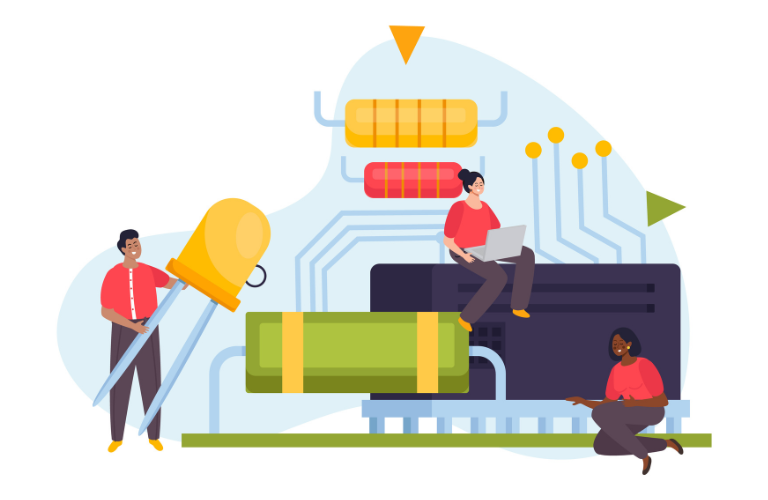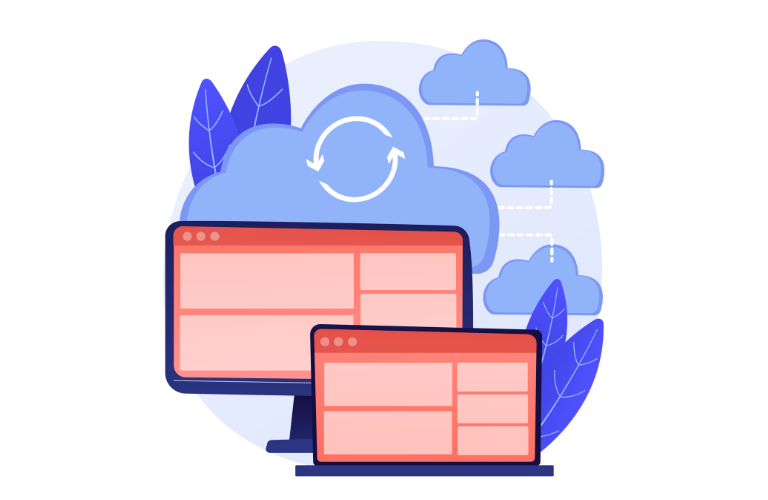In today’s rapidly evolving tech world, developers often grapple with a critical question: should they leverage artificial intelligence (AI) or stick to traditional algorithms? Each approach has its strengths, and understanding when to use one over the other can significantly impact your project’s success. This guide simplifies the debate and provides practical insights into making the right choice.
Table of Contents
Understanding the Basics
Traditional Algorithms
Think of traditional algorithms as detailed recipes. They follow specific, predefined steps to achieve a result. For example, calculating the total price of items in a shopping cart with tax involves a clear sequence of operations.
Key Features:
- Predictable and repeatable outputs
- Rule-based logic
- Direct human oversight
- Efficient with limited computing power
Artificial Intelligence
AI, on the other hand, functions more like a student learning through examples. For instance, training a model to recognize spam emails involves feeding it vast amounts of data so it can identify patterns rather than hard-coding specific rules.
Key Features:
- Learns and adapts from data
- Handles uncertainty and variability
- Excellent at identifying patterns
- Relies on probabilistic rather than deterministic outcomes
Ai also be used in your debugging process to save your time so explore this article for more details
When to Use Traditional Algorithms
1. Precision Is Non-Negotiable
When you need exact outcomes, traditional algorithms excel. Examples include:
- Financial Calculations: Computing loan interest rates or tax deductions.
- Inventory Management: Ensuring stock levels are calculated without errors.
2. The Problem Has Clear Rules
Traditional algorithms are ideal for scenarios where rules don’t change. These include:
- Payroll Processing: Following fixed tax and deduction formulas.
- Database Queries: Structured operations like fetching user details or updating records.
3. Limited Resources
When computational power is scarce, such as in embedded systems or older hardware, traditional algorithms perform efficiently without requiring heavy processing.
4. Transparency Is Essential
In industries like healthcare or finance, where explaining how a decision was made is vital, traditional algorithms offer the clarity that AI often lacks.
When to Choose AI
1. Handling Complex Patterns
AI shines when recognizing patterns in unstructured or diverse data. Use cases include:
- Fraud Detection: Spotting unusual transaction behaviors.
- Speech Recognition: Transcribing spoken words into text.
- Recommendation Systems: Netflix suggesting shows based on your watch history.
2. Managing Unpredictable Scenarios
AI is invaluable when data is inconsistent or unpredictable:
- Market Trends Analysis: Predicting stock performance.
- Customer Behavior Forecasting: Identifying future purchase patterns.
- Traffic Prediction: Estimating congestion levels using live data.
3. Automating Complex Processes
Tasks like quality assurance in manufacturing or automating responses in customer service are better handled with AI. Real-world examples include:
- Chatbots providing instant replies to FAQs.
- AI-assisted medical diagnosis for analyzing imaging data.
Combining Traditional Algorithms and AI
While it may seem like a choice between two distinct paths, many successful projects use both approaches. For example:
- E-commerce Platforms: Traditional algorithms calculate order totals, while AI provides personalized product recommendations.
- Smart Home Systems: Algorithms handle simple operations (turning lights on/off), while AI adapts to user routines for smarter automation.
Real-World Tips for Implementation
For Traditional Algorithms:
- Define clear requirements and constraints.
- Break the problem into smaller, logical steps.
- Test for edge cases to ensure reliability.
- Document your solution for easier maintenance.
For AI Solutions:
- Ensure data is diverse and high-quality to avoid biases.
- Select models aligned with your problem’s complexity.
- Allocate resources for training and testing.
- Continuously monitor performance and retrain the model as needed.
Making the Right Decision
1. Assess Your Project’s Needs
Ask yourself:
- How important is accuracy?
- Are the rules static or dynamic?
- Do I have sufficient computing resources and expertise?
2. Evaluate Data Availability
For AI, you’ll need:
- Large datasets for training.
- Clean, unbiased data to prevent skewed outcomes.
- Compliance with data privacy laws.
3. Consider Long-Term Maintenance
- Traditional algorithms require occasional updates for changing rules.
- AI demands more frequent updates and monitoring to stay relevant.
Pitfalls to Avoid
Traditional Algorithms
- Overcomplicating Simple Problems: Don’t reinvent the wheel for straightforward tasks.
- Poor Scalability: Rigid designs might not handle increased complexity.
- Lack of Documentation: Makes debugging and updates challenging.
AI Solutions
- Misusing AI: Avoid applying AI where simpler methods suffice.
- Insufficient Training Data: Leads to unreliable predictions.
- Ignoring Bias: Skewed data can produce unfair results.
- High Costs: AI systems can be expensive to develop and maintain.
Conclusion
Both AI and traditional algorithms have unique strengths. Traditional algorithms are best for predictable, resource-efficient tasks with fixed rules. AI excels when dealing with variability, complex patterns, and automation.
The real skill lies in recognizing when to use each—or both together. By analyzing your project’s requirements, data availability, and long-term goals, you can make informed decisions. Remember, technology should serve your project’s needs, not the other way around.




